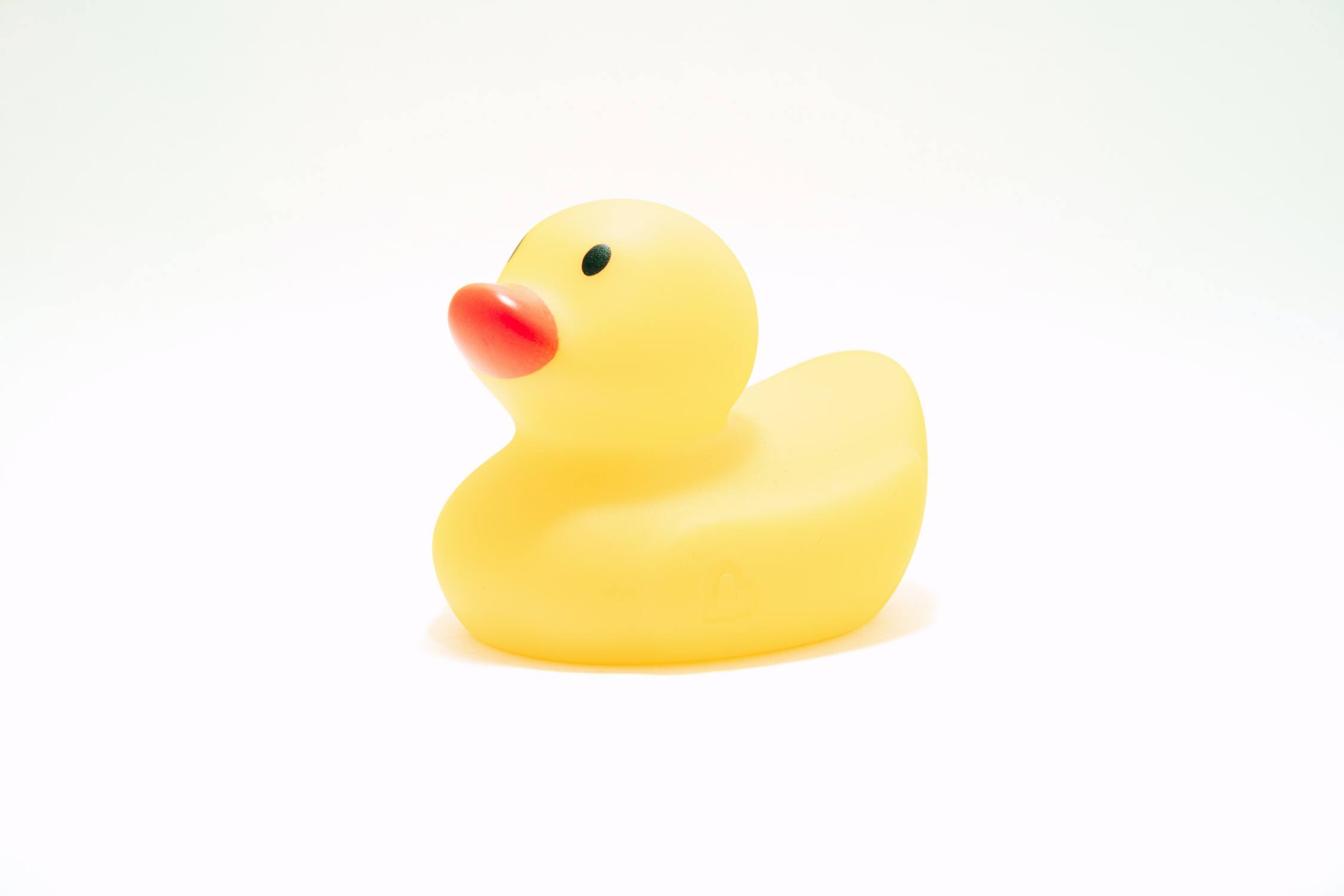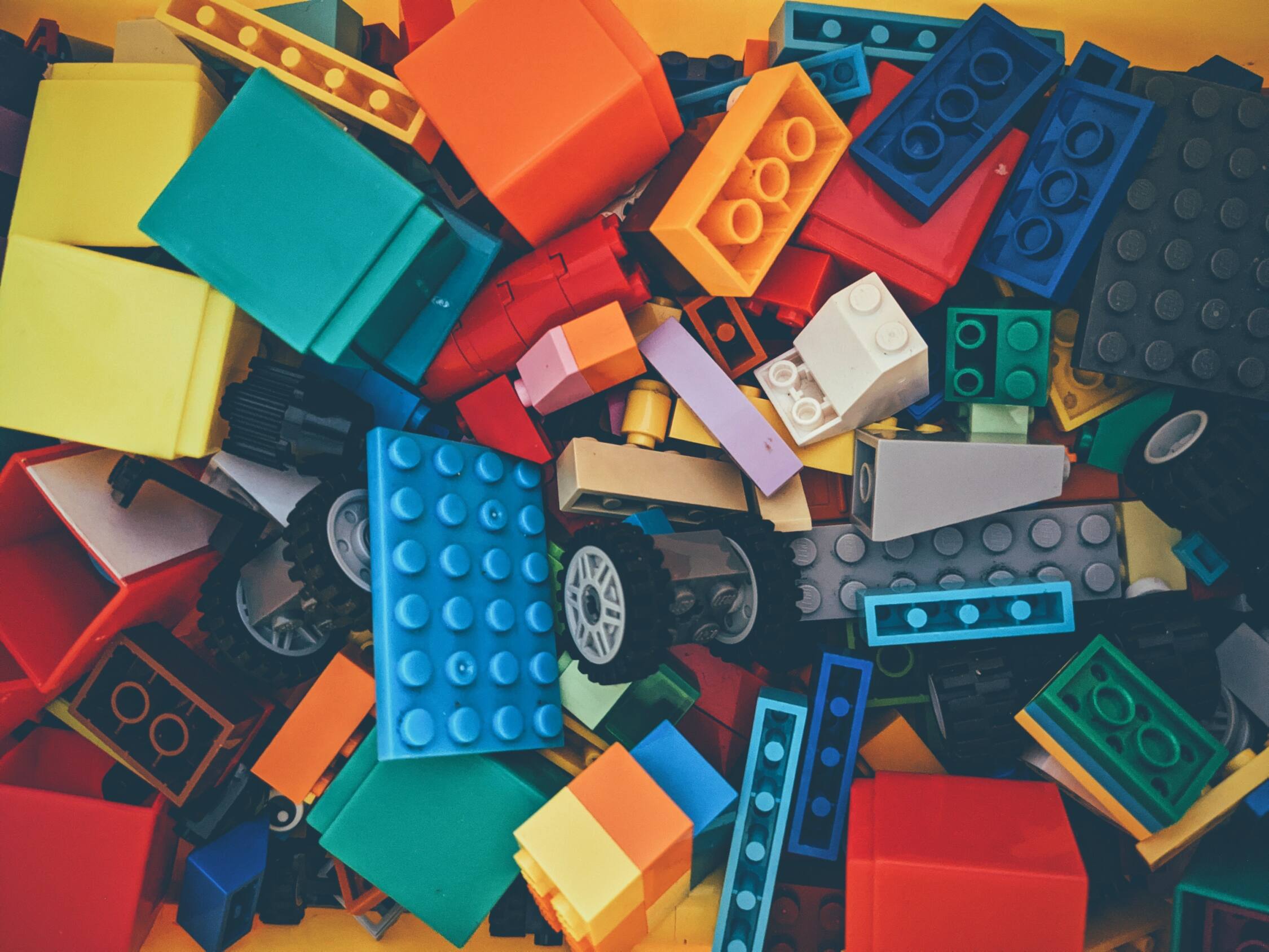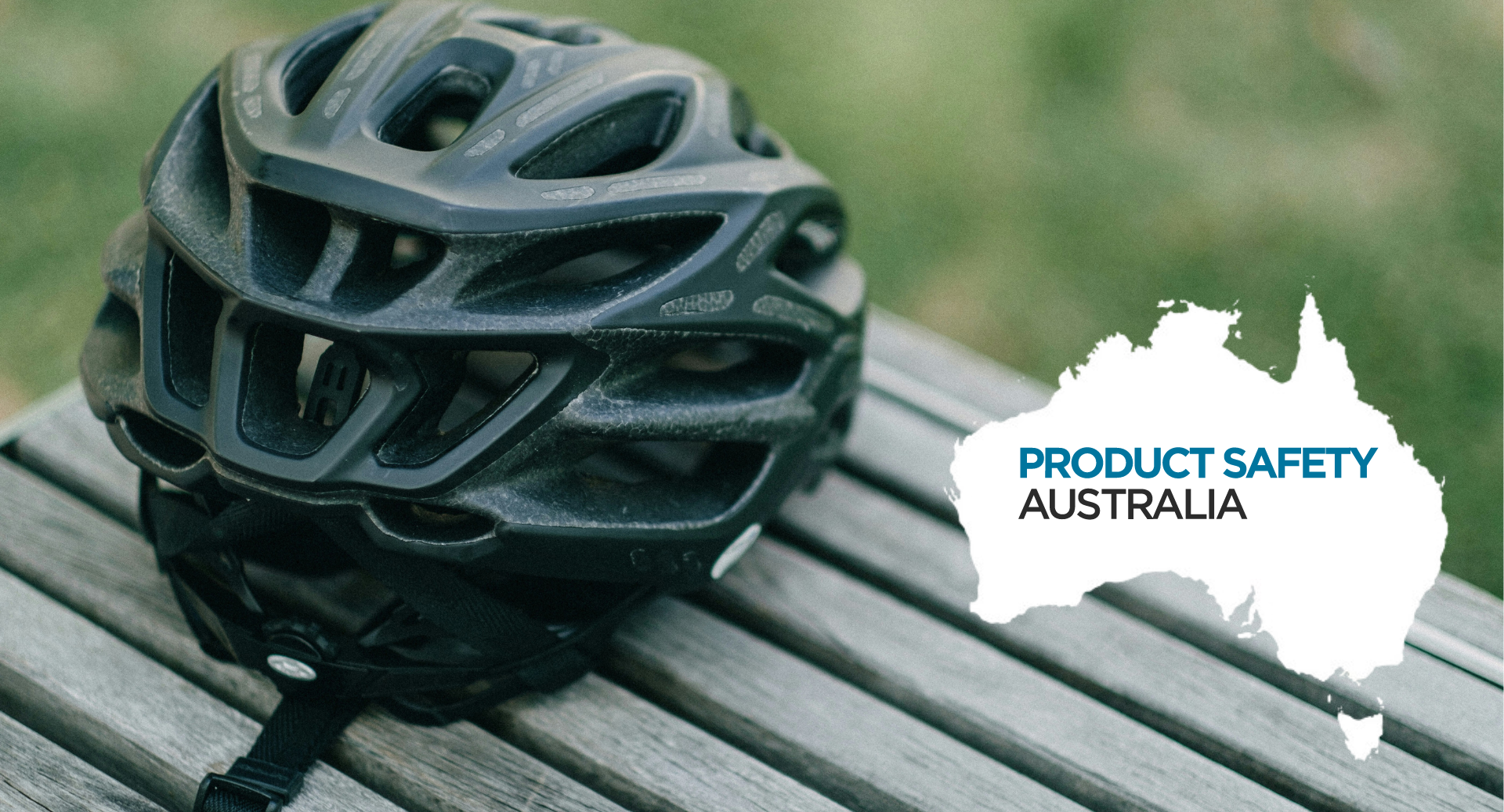
As children’s products continue to evolve, bringing innovation and excitement to young lives, ensuring their safety becomes of the utmost concern for parents, caregivers, and manufacturers alike. Toy and juvenile product testing is a crucial process that assesses and verifies the safety, quality, and compliance of products designed for the youngest members of our society. In this article, we will explore the significance of children’s product safety testing, the comprehensive testing methodologies involved, and the role it plays in safeguarding children’s well-being.
Toy and Juvenile Product Regulatory Compliance
To ensure uniform safety standards and protect children globally, various regulatory bodies and standards organizations have set guidelines for product safety testing. In the United States, the Consumer Product Safety Commission (CPSC) establishes and enforces federal safety standards for toys and children’s products under the Consumer Product Safety Improvement Act (CPSIA).
In the European Union, the European Committee for Standardization (CEN) has developed the EN71 series of safety standards for toys. These standards outline safety requirements for various types of toys, such as mechanical and physical properties, flammability, and chemical composition.
Additionally, international standards, such as the ISO 8124 series, harmonize safety requirements worldwide to ensure that toys and children’s products meet consistent safety benchmarks, regardless of their origin or destination market.
Common testing procedures can include:
- Mechanical and Physical Testing: This phase examines the structural integrity and mechanical properties of children’s products. Strollers, car seats, and other equipment undergo stress and impact tests to ensure they can withstand regular use and provide adequate protection.
- Chemical Analysis: Children’s products undergo rigorous chemical testing to detect harmful substances such as lead, phthalates, and other toxic chemicals. Strict limits are set for these substances to protect children from potential health risks.
- Flammability Testing: Items like sleepwear, soft toys, and bedding must undergo flammability testing to ensure they meet safety standards, reducing the risk of fire-related incidents.
- Choking Hazard Assessment: Toys and products designed for younger children undergo testing to identify potential choking hazards. Any small parts or detachable components that could be ingested are thoroughly examined and regulated.
Toy Testing
Toy testing regulations are essential guidelines and standards put in place by governments and international organizations to ensure the safety and quality of toys sold in the market. These regulations aim to protect children from potential hazards, such as choking, chemical exposure, and other risks associated with the use of toys. Below are some key toy testing regulations commonly followed by manufacturers and retailers:
- Consumer Product Safety Commission (CPSC) in the United States: The CPSC oversees the safety of consumer products, including toys, in the United States. They enforce regulations under the Consumer Product Safety Improvement Act (CPSIA), which sets strict safety standards for various aspects of toys, such as lead and phthalate content, flammability, small parts testing, and age appropriateness.
- European Union Toy Safety Directive (TSD): The European Union has comprehensive toy safety regulations outlined in the Toy Safety Directive. The TSD sets specific requirements for toys regarding chemical safety, mechanical and physical properties, flammability, and age-appropriate labeling.
- International Organization for Standardization (ISO) 8124: The ISO 8124 series of standards focuses on the safety requirements for toys worldwide. It covers aspects like mechanical and physical properties, flammability, chemical composition, and labeling. These standards are widely recognized and adopted globally.
Toy testing requirements can vary based on the intended distribution region, age of the intended user, and the type of toy.
Children’s Product Certificate
The Children’s Product Certificate (CPC) is an official document issued by manufacturers or importers to certify that their children’s products comply with specific safety standards and regulations set by government authorities. The CPC is commonly used in the United States as part of the requirements under the Consumer Product Safety Improvement Act (CPSIA) for various children’s products.
The main purpose of the CPC is to provide evidence that the product has been tested and evaluated for compliance with relevant safety standards, particularly those related to children’s products. It serves as a declaration that the product meets all applicable safety requirements, including limits on lead content, phthalates, flammability, small parts, and other safety considerations.
The CPC typically contains essential information about the product, the manufacturer or importer, and the testing laboratory responsible for conducting the safety assessments. It must also include the specific safety standard(s) with which the product complies.
In the United States, manufacturers or importers are required to issue a CPC for each children’s product subject to testing and certification under the CPSIA. This certificate serves as a vital document for demonstrating compliance during customs inspections, in case of recalls or safety investigations, and to assure retailers and consumers that the product has undergone proper safety testing.
About ACT-LAB
ACT-LAB is an ISO/IEC 17025 accredited laboratory that conducts consumer product safety and compliance testing for an active world. We can help ensure that your products both meet industry standards and are inspected to ensure the utmost quality.
To learn more about our tests contact us today.
Read more about our accreditations here.
 ISO/IEC 17025 Accredited Independent Testing Laboratory
ISO/IEC 17025 Accredited Independent Testing Laboratory









